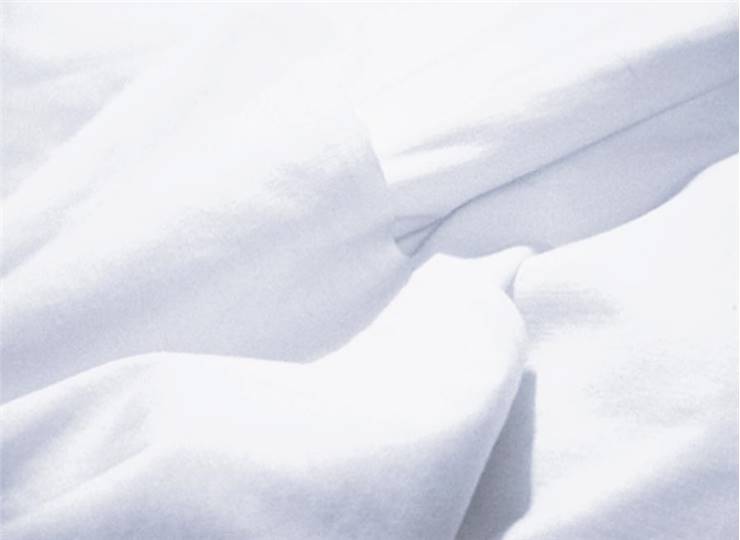History of Linen Textile
Linen is a type textile made from the fibers of the flax plant. Linen textiles are one of the oldest textiles in the world. They are cool to touch, smooth and get softer with repeated washing. The fibers do not stretch but because of this very low elasticity, the fabric will eventually break if it is folded and ironed at the same place constantly.
History of linen use goes back many thousands of years. Dyed flax fibers are found in a prehistoric cave in Georgia which is evidence that woven linen fabrics from wild flax were used some 36,000 years ago. Fragments of straw, seeds, fibers, yarns, and various types of fabrics have also been found in Swiss lake dwellings that date from 8000 BC. In ancient Egypt linen was used for mummification and for burial shrouds because it symbolized light and purity as well as wealth. Linen was so valued in ancient Egypt that it was used as currency in some cases. Linen was also produced in ancient Mesopotamia and reserved for higher classes. It always had high cost because it was always difficult to work with the thread (flax thread is not elastic and it is very difficult to weave it into a cloth without breaking threads) and also because the flax plant requires a lot of attention during cultivation. The first written evidence of a linen comes from the Linear B tablets of Pylos, Greece, where linen hast its own ideogram and is also written as "li-no" in Greek. The Phoenicians, who had their merchant fleet, brought flax growing and the making of linen into Ireland. Belfast became in time the most famous linen producing center in history. The majority of the world's linen was produced there during the Victorian era. Some religions even made rules that involved linen or they just mention them in religious concept. The Jewish faith restricts wearing of mixture of linen and wool. Linen is also mentioned in the Bible in Proverbs 31. Bible also mentions that angels wear linen.

Quality is very important in linen production. The longest possible fibers are got when the flax is either hand-harvested by pulling up the entire plant or when stalks are cut very close to the root. Seeds are then removed from the plant and fibers are loosened from the stalk. Woody portion of the stalks are removed by crushing between two metal rollers which separates fibers. They are then separated between themselves - longer from shorter. Longer, softer ones are then spun into yarns and then woven or knit into linen textiles.
Linen is used for variety of uses: from bed and bath fabrics, home and commercial furnishing items, apparel items to industrial products. It was iven used for books and for a type of body armour. Use for linen has changed in time and especially in the last 30 years. While in the 1970s only about 5% of world linen production was used for fashion fabrics, 70% of linen production in the 1990s was used for apparel textiles.

